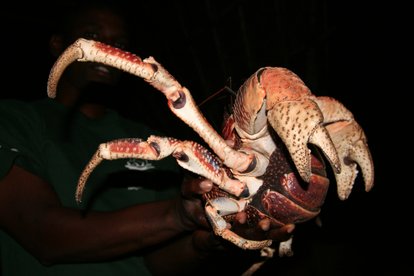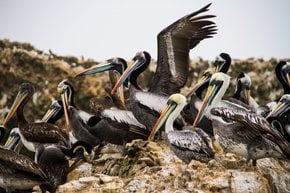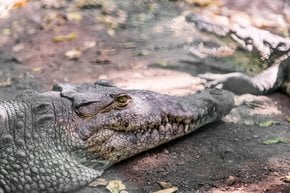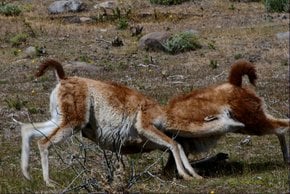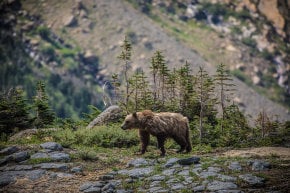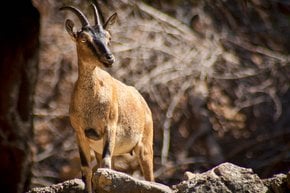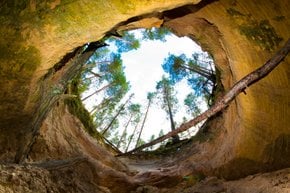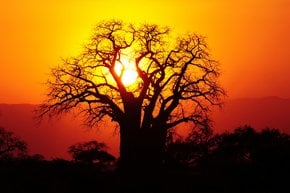Coconut Crabs on Chumbe Island in Zanzibar 2025-2026
These giant arthropods quickly climb coconut palm trees and easily crack open their favourite food—coconuts. It is incredible and even a little scary
Best time: June–March
Would you like to see the largest land crab in the world? Come to Chumbe Island and see the Coconut crab which has an ability to climb coconut palms and easily crack coconuts with its sturdy claws.
These crabs also eat fleshy fruit and even prey on smaller crabs. This species of crabs has evolved to live on land from the sea, returning only to lay their eggs. On land, they live in underground holes made with fibers from coconut husks. An adult crab can reach one meter in length. It has a curled-under abdomen that makes it look like a lobster. Coconut crabs, supposedly have very tasty meat, so, unfortunately, they are hunted. Chumbe Island is closed for the long rains from early April through early June. Thus, the best time to see these critters is from June to March.



